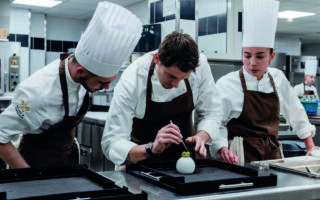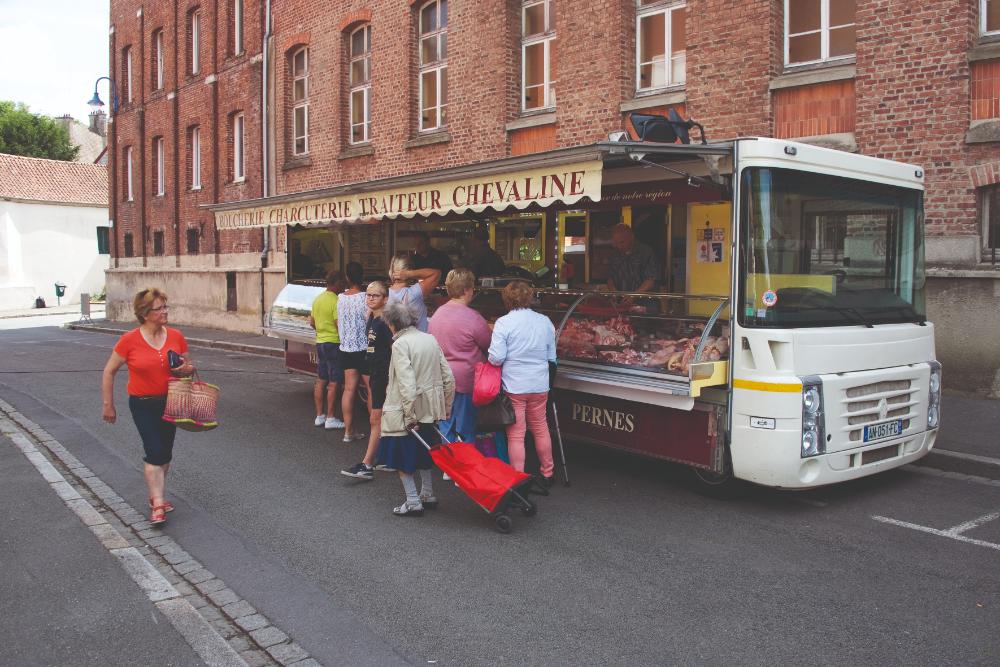
Frog’s legs, Snails & Cow udders: 11 of France’s strangest dishes
When it comes to gastronomy, France is one of the most adventurous nations in the world. Here we present the most unexpected French dishes in all their glory. By Dominic Bliss…
Since his death in 1996, François Mitterrand’s last supper has become the stuff of legends. A few days before prostate cancer claimed him, the former French president chose a feast fit for a Roman emperor. Oysters were shucked, foie gras melted in his mouth, and capon (that’s castrated cockerel) was munched. Also on the menu were tiny green-grey songbirds called ortolans, prepared, as is the custom, by being drowned in a glass of Armagnac, plucked of their feathers and then roasted. Mitterrand devoured the ortolans – bones, innards and all – in the traditional way, while hunched beneath a white table napkin in order to envelop himself in the full aroma. Some say this tiny bird represents the French soul. Nonetheless, in 1999, hunting them in France was banned. The napkin technique is said to have been invented by a priest in order to conceal the diner’s barbaric gluttony from God. Ortolan is one of those bizarre, opulent dishes that has helped to make French cuisine world-renowned. There are plenty of other equally bizarre dishes, as you’ll discover if you read on – but should you be squeamish, perhaps look away now.
Foie gras
Half the world adores it for its delicate, buttery, salty-sweet flavour. The other half despises it for the barbaric methods by which it’s produced – and indeed it’s banned in some nations. Whatever your opinion of foie gras, you can’t deny its importance within French cuisine: you’ll find it on the menu in many high-end restaurants.
By force feeding geese – a technique known as gavage that has been practised since ancient times – farmers fatten them up and ultimately engorge the liver far beyond its normal size. The result is an unctuous paté that melts in your mouth. The 19th-century English politician Henry Luttrell perhaps best described the controversial dish. “My idea of heaven is eating paté de foie gras to the sound of trumpets,” he enthused.
Frogs’ legs
They call Brits ‘ros-bifs’. who call them ‘frogs’. Why? Because centuries of ignorance on both sides of the Channel have led us to believe erroneously that each of these foods constitutes a national dish. It’s actually not that common to find frogs’ legs – or cuisses (thighs), to be precise – on the menu in France. They taste somewhere in between chicken and fish, and are considered a delicacy. A word of warning: amphibian muscles do not resolve rigor mortis as quickly as the muscles of warm-blooded animals, so don’t be surprised if the heat from the pan causes your frogs legs to twitch.
Few British restaurants serve frogs’ legs, although several French chefs have attempted to introduce them to UK palates. Apparently when Auguste Escoffier was in charge of the kitchen at London’s Carlton Hotel, he succeeded in getting the tiny amphibian limbs accepted at the table of the then Prince of Wales by calling them cuisses de nymphes à l’aurore, or ‘thighs of the dawn nymphs.
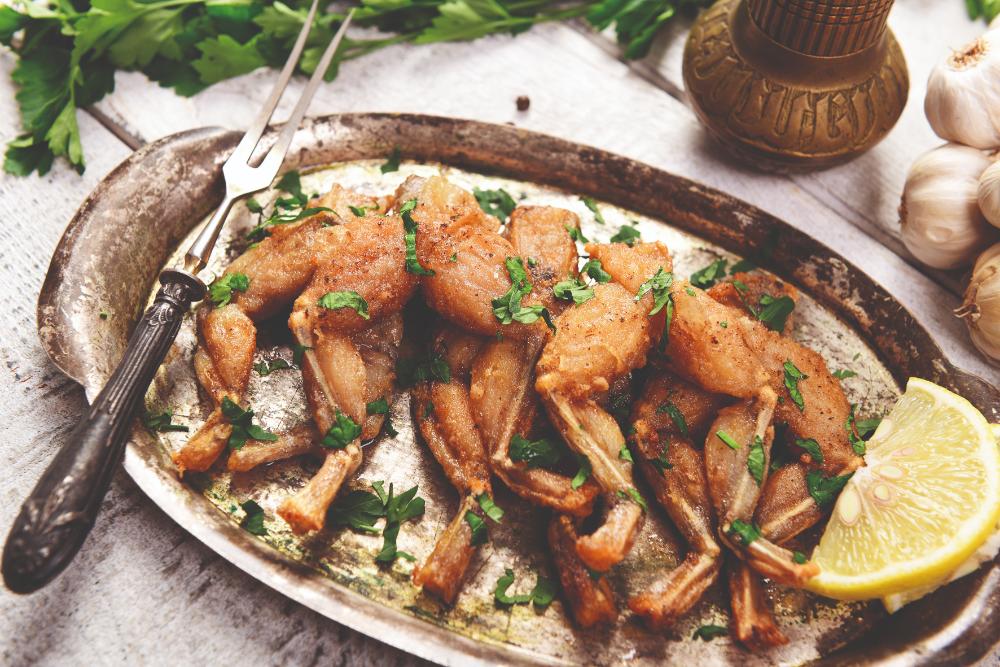
Escargots
According to the Ministry of Agriculture, France gobbles up more than 17,000 tonnes of snails every year, requiring extra molluscs to be imported, mainly from eastern Europe and beyond. The two most popular species are the Burgundy snail and the smaller petit-gris. “For the classic entrée, snails are stuffed with butter à la bourguignonne and served piping hot in their shells (or in tiny individual pots), six to 12 at a time, on a special grooved dish, the escargotière,” says Larousse Gastronomique. “They are eaten using a pair of tongs and a small two-pronged fork. “According to writer and poet Joseph Delteil, a true gourmet should consume 100 snails in a single sitting. “No fewer may be swallowed,” he declared. Well, if you insist…
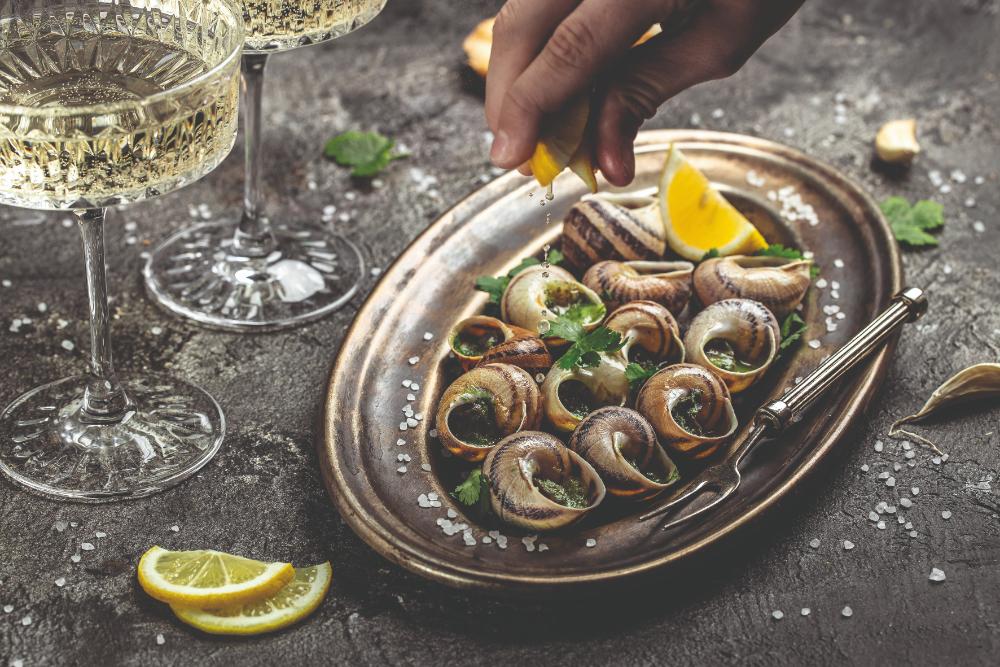
Andouillette
Should you ever be brave enough to order this sausage of pork intestines, onions, pepper and wine in a restaurant, there’s a good chance your foreign accent will earn you an advance warning from the waiter. Andouillette is an acquired taste and can offend the uninitiated. There’s no getting away from it: it smells just how you might expect a colon to smell – although, happily the taste isn’t as bad as the aroma suggests. Brave it, and you’ll command the utmost respect from the locals.
Lamprey in blood sauce
Lamprey is arguably the ugliest fish ever to wiggle a fin. So what do the French do with it? For lamproie à la Bordelaise, they kill it, cut off its tail, and collect its blood in a bowl to make the sauce. Then they gut the fish, cut it up, cook it, and serve it in the blood mixed with wine. Not for the faint-hearted.
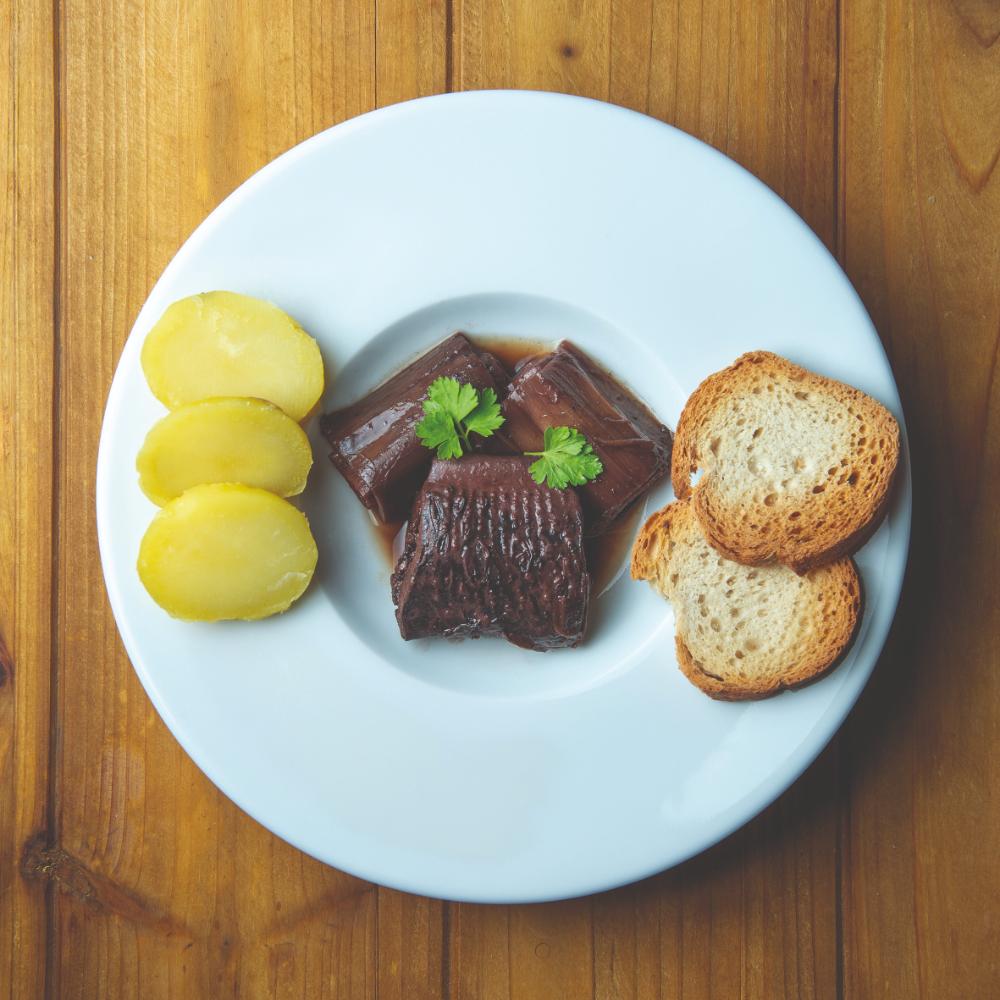
Cheval
While the Anglo-Saxons tend to say ‘neigh’ to horse meat, on the continent there’s no such squeamishness. In fact, although national consumption is on the wane, according to the Institut Français du Cheval et de l’Équitation, over 6,000 tonnes of horse meat are consumed every year across the country. It first became a menu item after the French Revolution when horses maintained by the aristocracy were used to feed the starving masses. By the beginning of the 20th century, horse butchers were found all over the country, and steak de cheval was a popular dish.
Tête de veau
Calf’s head is not for the squeamish. For British readers, it harks back to a time of post-Second World War rationing. But of course, the French love it. Legend has it that cheeky republicans used to eat it on January 21 every year to commemorate the beheading of Louis XVI during the Revolution.
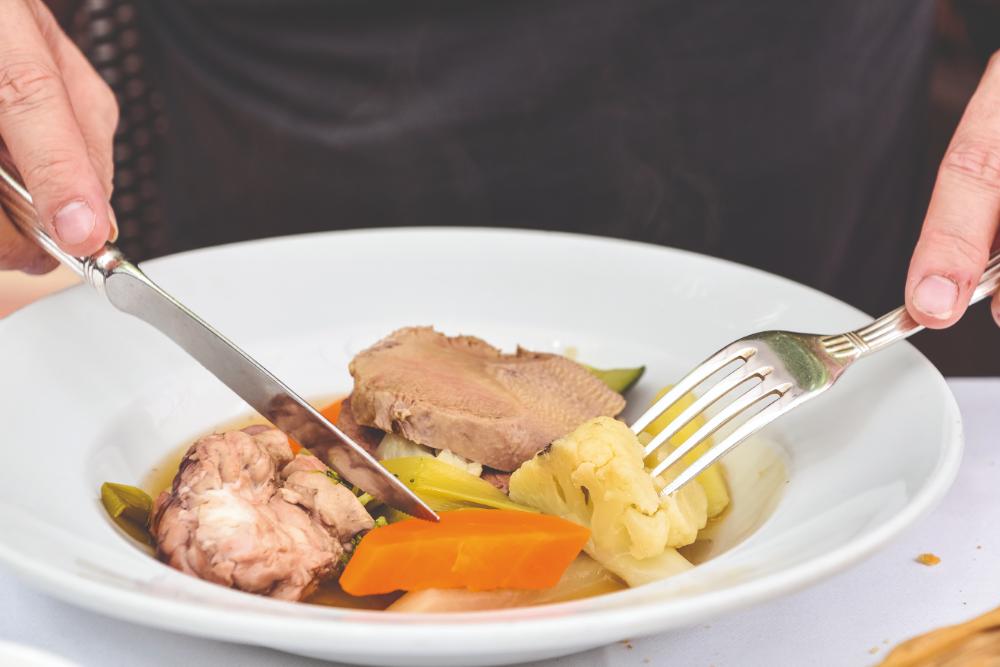
Sea urchins
Step on one in the sea and you’ll give yourself a nasty wound – some even wield venomous spines and cause infections. Once on the dinner plate, however, it’s a different story, especially along France’s Mediterranean coast, where sea urchins are consumed raw from the shell, or appear in a variety of recipes such as purées, omelettes and soufflés.
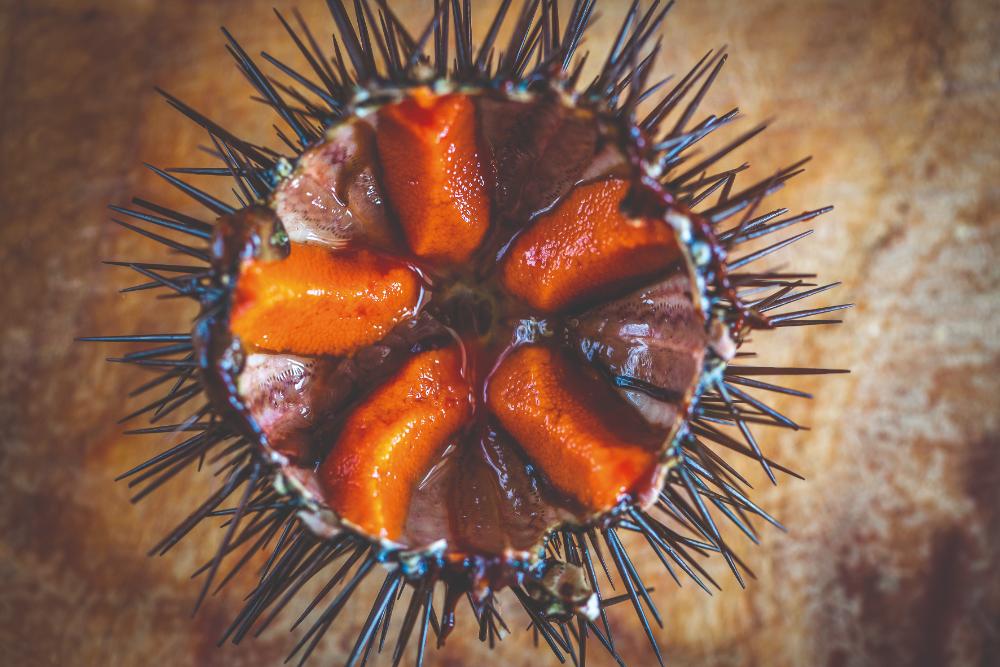
Cows’ udders
Most of us associate them exclusively with producing milk, but in France, cows’ udders, or tétines as they call them, regularly end up on the plate, usually sliced, either as escalopes, fried in flour and sprinkled with parsley, or even served up in an omelette.
Sheep’s testicles
What happens when farmers castrate their sheep? As if you need to ask. A little-known but much-loved dish among the sheep- farming communities of the Limousin and the Périgord features sheep’s testicles. One of the most famous recipes – especially in the Creuse is called frivolités bénéventines, named after the village Bénévent-l’Abbaye, made with lemon, garlic, parsley and wine. To eat these, though, you don’t need to be frivolous – au contraire, you need balls of steel.
Ortolan
Despite the 1999 ban on hunting ortolan, environmentalists believe up to 30,000 of the birds are illegally trapped every year, ending up on the tables at secret dinner parties. One famous gourmet who wasn’t afraid to admit he loved the taste was the late, great American chef Anthony Bourdain. “With every bite, as the thin bones and layers of fat, meat, skin, and organs compact in on themselves, there are sublime dribbles of varied and wondrous ancient flavours: figs, Armagnac, dark flesh slightly infused with the salty taste of my own blood as my mouth is pricked by the sharp bones.” Yep. Don’t say we didn’t warn you.
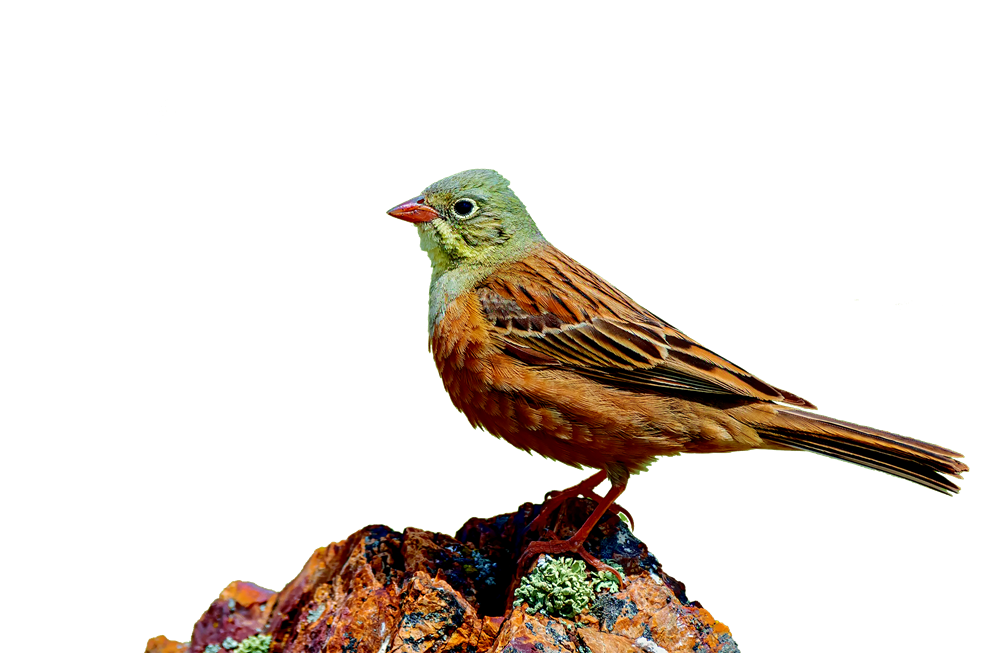
Latest Posts:
- Canard au sang
- Oeufs en meurette
- Le Goûter: The Sweetest Part of the Day
- Fabien Ferré: Jumping from 0 to 3 Michelin Stars
- Sardines and onions summer tart
Lead photo credit : © Shutterstock
Share to: Facebook Twitter LinkedIn Email
More in Eat, French food, Strange meals



